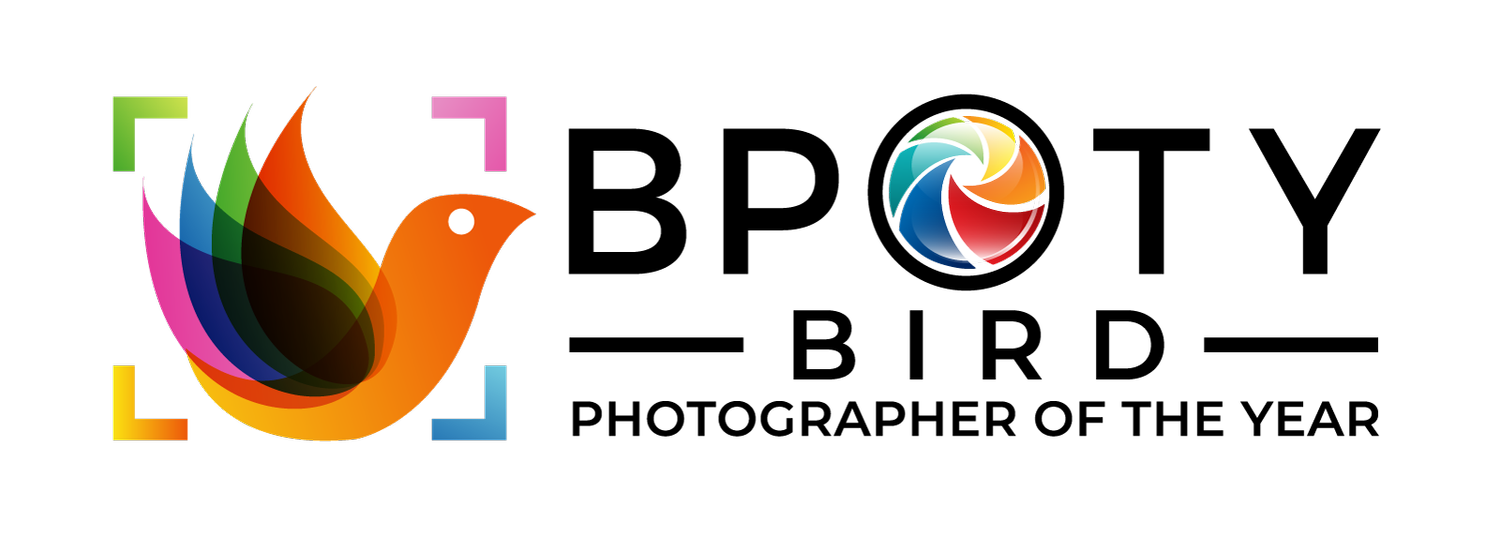The Bermuda Petrel, BPOTY and the Bermuda Audubon Society
As naturalists, photographers and conservationists, the Bird Photographer of the Year team sees firsthand the mounting pressures on bird populations around the World. If bird photography is going to thrive and not become metaphorically speaking a dying art we must all do our bit to reverse the decline of bird species and support conservation efforts. World class imagery has the potential to inspire people around the globe to care, and maybe shame some into action. And supporting conservation causes and generating money is also important in the global fight for wildlife.
Bermuda Petrel - Pterodroma cahow . Photo ©Paul Sterry/Nature Photographers Ltd
Over the course of BPOTY’s history it has given thousands of pounds to the British Trust for Ornithology to help with conservation research, and we are also supporting Hookpod, the product that may prove to be the salvation for the world’s albatrosses. But looking to the future BPOTY is spreading its wings and turning its attention to a favorite US holiday destination, Bermuda. Here conservation is enhanced by The Bermuda Audubon Society, a non-profit charity that brings together people interested in both birding and environmental conservation. It owns 16 nature reserves in Bermuda - approximately 60 acres of open space – and restores wetlands and other wildlife habitats. In addition to being advocates for Bermuda's natural environment the Bermuda Audubon Society promotes public awareness of environmental issues and supports a range of conservation projects. This includes the Bermuda Petrel nest-site program and Bird Photographer of the Year is proud to be working alongside the organization, to help raise funds for, and awareness of, such a vital project helping this highly endangered species. The partnership will be kickstarted at this year’s British Birdfair in August 2019 but in the meantime donations are welcome. Visit https://www.birdpoty.co.uk/conservation-4/2019/3/11/saving-the-cahow-the-story-of-the-bermuda-petrel
Bermuda Petrel - Pterodroma cahow . Photo ©Paul Sterry/Nature Photographers Ltd
The Bermuda Petrel (or Cahow to give it its local name) is Bermuda's national bird and over the years this exquisite grey Pterodroma petrel has acquired almost mythical status, thanks to its remarkable story. Thought to be extinct for over three centuries, it was rediscovered and then brought back from the brink by the efforts of a few dedicated people; its recovery is one of conservation's most heart-warming success stories.
Sub-fossil records indicate that the Cahow was an abundant breeder on Bermuda prior to human settlement and its demise began with the arrival of Man. From the 1500s onwards, exploitation for food, habitat destruction, and predation by rats, cats and pigs helped extirpate the Cahow from the main islands. There were no records after 1620 and the species was assumed to be extinct. Then came the discovery of a live bird in 1906 (at the time mistakenly identified) and the subsequent discovery of two dead specimens in 1935 and 1945. An expedition in 1951 (in which David Wingate participated) confirmed the species' survival - on just five tiny, rocky islets in Castle Harbour. The entire world population that year was estimated to be just 17 or 18 pairs, with just eight chicks being produced.
The five breeding islets on which the Cahow survived at that time are precarious to say the least. With the limestone islets themselves vulnerable to rising sea levels and hurricane damage, the birds also had to contend with White-tailed Tropicbirds entering their nest burrows and killing the chicks. David Wingate's carefully constructed entrance hole 'baffles' excluded the tropicbirds and his ecological restoration of nearby Nonsuch Island Nature Reserve (as a potential site for natural decolonization) underpinned the next chapter in the story of the Cahow's recovery.
Jeremy Madeiros, Senior Terrestrial Conservation Officer for Bermuda's Department of Environment and Natural Resources. Photo ©Paul Sterry/BPOTY
But continued erosion of the islets meant that drastic measures had to be taken. Step forward the Cahow's current guardian angel, Jeremy Madeiros, Senior Terrestrial Conservation Officer for Bermuda's Department of Environment and Natural Resources. In 2001 he began translocating chicks just prior to fledging, from the vulnerable islets to artificial burrows on Nonsuch Island. The chicks were hand-fed in their new homes for a couple of weeks, the idea being that they would imprint on the burrows from which they fledged.
Guess what? The project has been a resounding success and in the 2018 nesting season 125 pairs were identified. In the breeding season proper, Cahows are strictly nocturnal and in daylight seldom venture close enough to land to be observed. However, although eggs are not laid until late January or February, adults return to Bermuda waters for a couple of weeks in early November, to court, mate and stake a claim on a nest burrow. During this time there is a small window of opportunity to see them at sea as they gather inshore, within a few miles of land, in the late afternoon.



